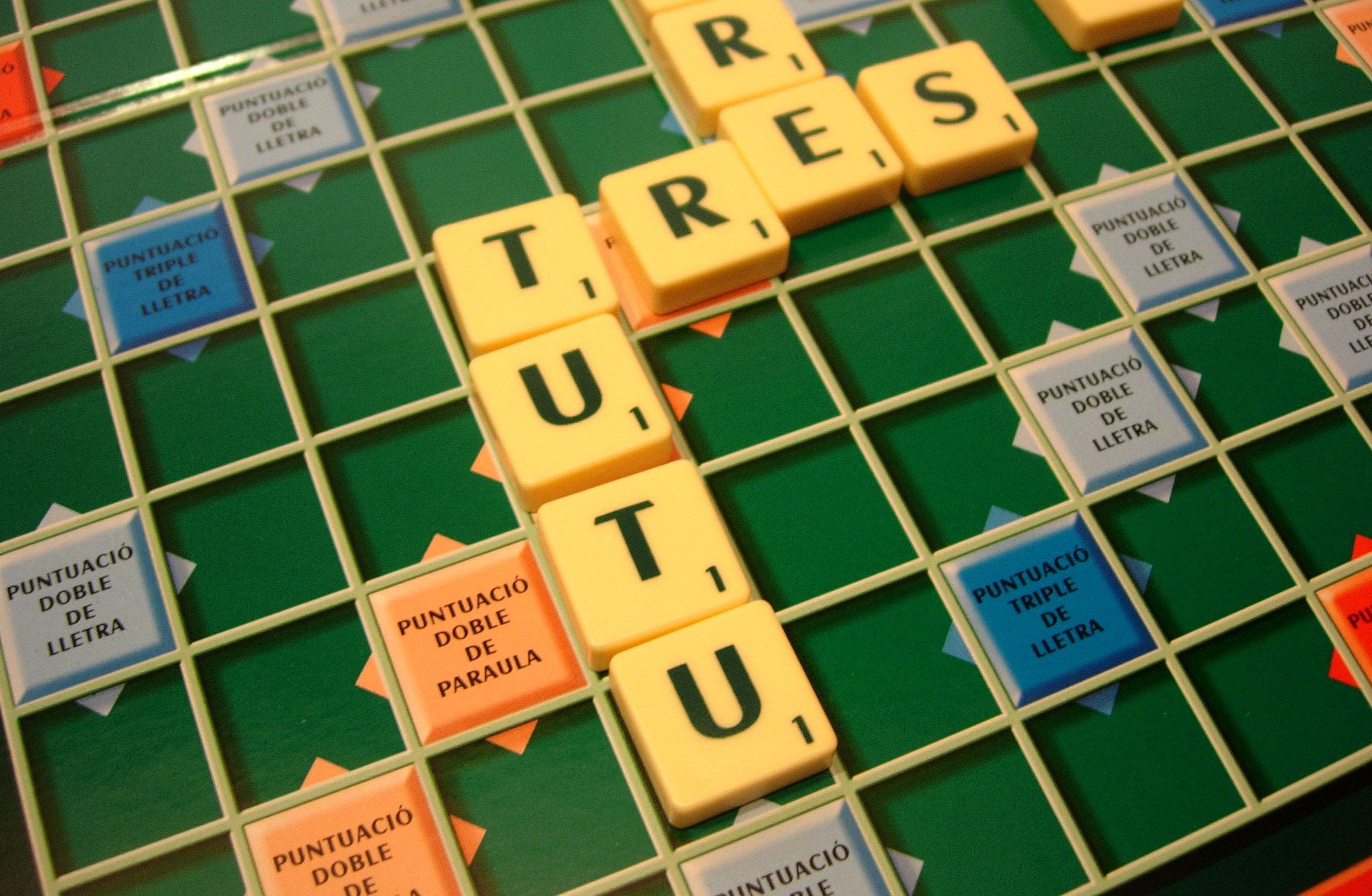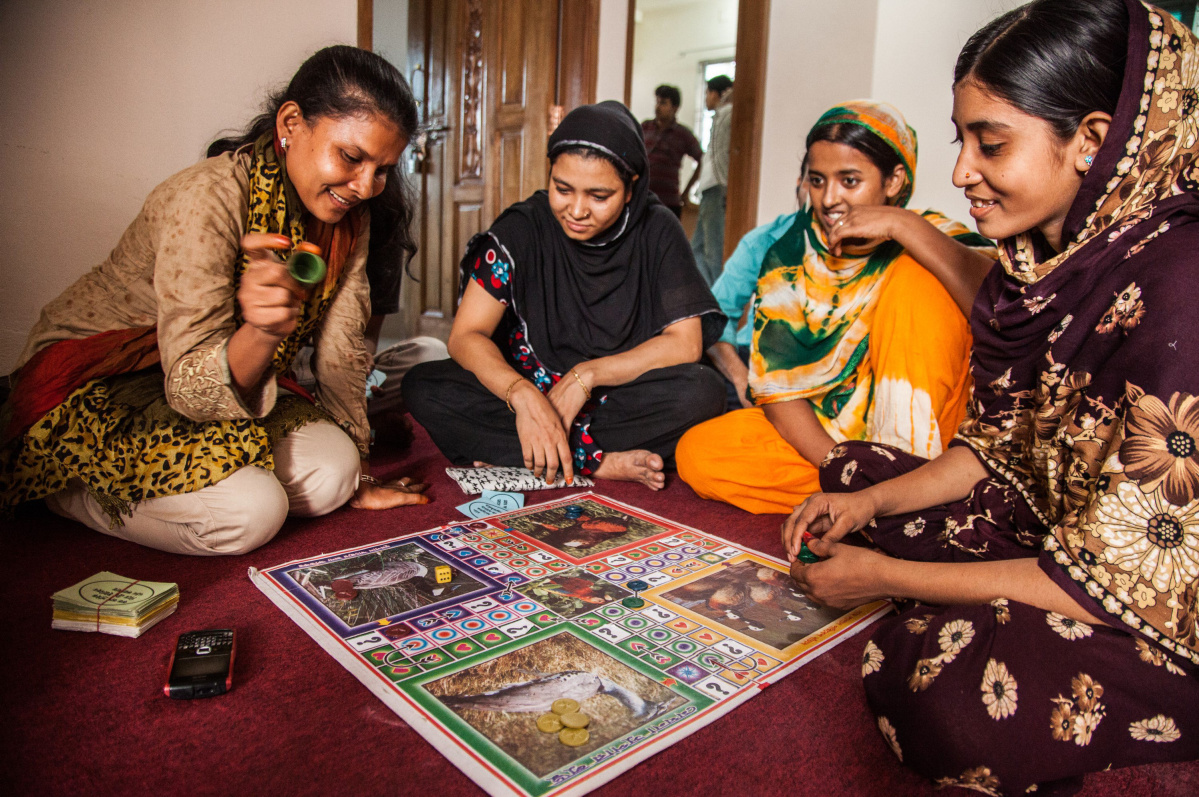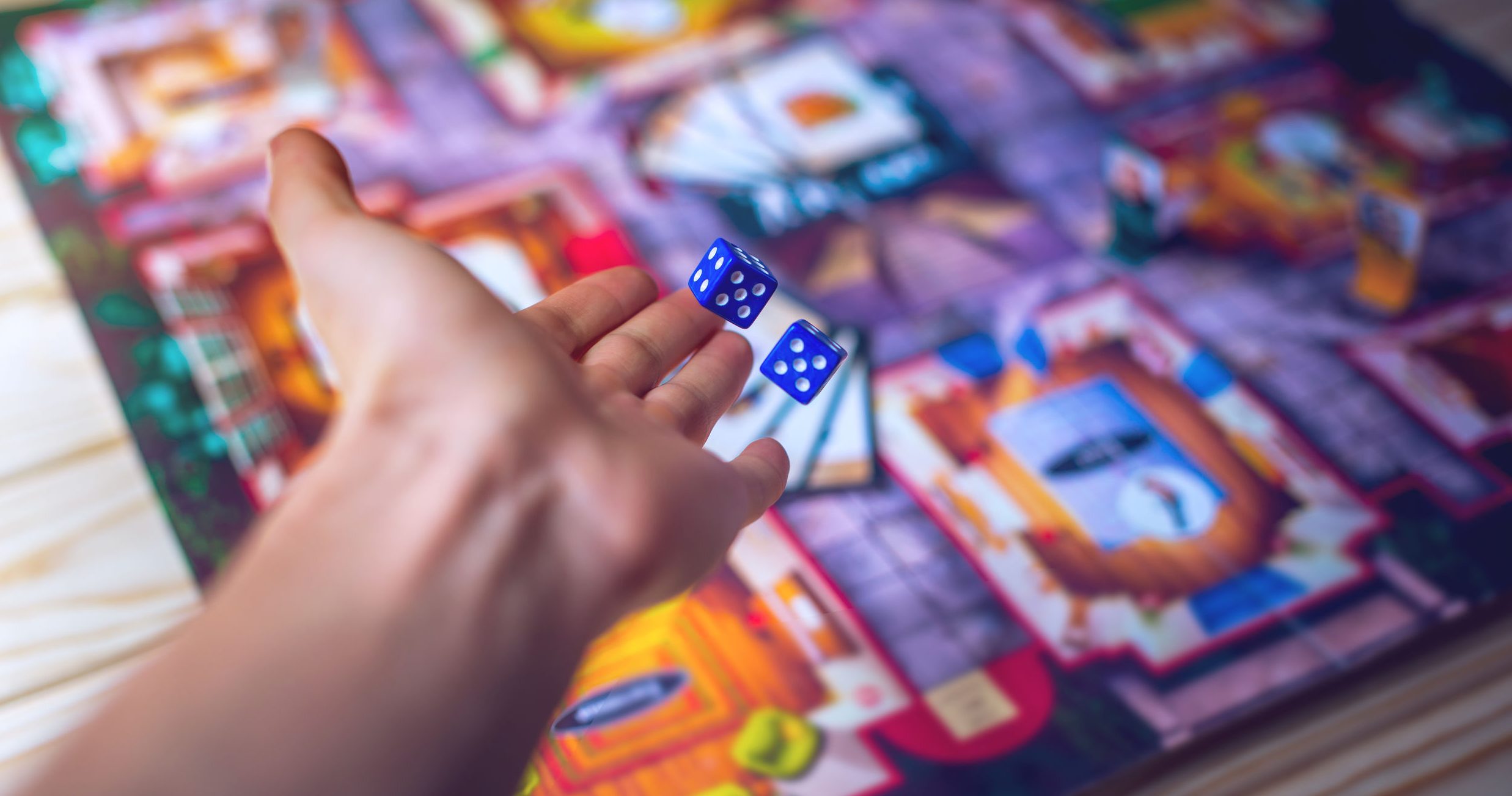If you are in the process of designing a board game and still don’t know where to start, don’t worry.
Today in our blog we tell you the steps to follow to start the whole process to design the game of your dreams.
Concept of the game
Where to start?
Do you have an idea for your game? No.
Answering any of these questions can help get the creative juices flowing:
- What is the condition for winning? Is there a condition for winning?
- How many players?
- What kind or type of board or card game do you want to play?
- which card or board games do you like?
- What things do you like about those games?
- What could you change about those games?
- Who are you doing the game for? Serious game nights? Fun group game nights? Informal or tougher audiences?
- Do you have a theme in mind?
What are your strengths? Are you good at art? Do you know about designing a game? Are you good at writing rules? Write that down and play with those strengths. You can make up for the rest by outsourcing.
Now you have your idea; we can move on to documenting it.

Document your game.
What are the requirements? How many cards and other game pieces do you need?
Create a master design document. Include all the details. Always remember and refer back to this document when you need it. Think about all the rules and details of your ideal game.
Creating your first prototype.
You can do it quite cheaply. Using the old decks of cards you may have lying around. Write on them or print and paste over the cards. Take the board games you have lying around and steal pieces and cards for your prototype.
It doesn’t matter how it looks. It’s all about how you play it. It won’t play the way you imagined it, but that’s okay. It’s part of the process. Take notes on play tests and improve. Try it yourself and work on that first prototype to play with other people.
Important resources for creating a prototype:
- Old board games
- Dice
- Decks of cards
- Printer
- Tape
- Scissors
- Pencils, pens, permanent markers…
Testing your first prototype
Play test the prototype with friends or family. They will provide you with valuable information that you may have overlooked.
At the moment, you are too close to the game to see its flaws. Don’t get defensive. Thank them for any comments they may have.
Write down all the notes. Something small can be important on reflection.
If you can, don’t participate in the game, just observe.
If you don’t have enough friends or family to help test the game, you may need to participate.
Do not answer any of the questions from the game tester. Refer them to the rules. Let them figure it out for themselves. See where they get stuck and this will tell you where the rules are not clear and need to be improved.
Notes, notes, notes. This information is vitally important. Review the notes the next day and see what can be improved.
After you have tried it a few times, answer this question.
Can I see the potential, and am I excited to turn this into a full game?
If not, you may want to cut your losses, which is nothing, and start from scratch.
Better now than later, when you have invested a lot of time and money.
Creating your second prototype
You have the notes from your first play test and see the potential in your baby time to move forward.
Then, review your playtest notes and implement all the improvements in your game. You can choose to use the same prototype for the next round of play tests, or you can decide to make a more serious prototype. You don’t want to invest time and money in art and polishing yet.
Some useful websites to help you create a prototype:
https://www.boardgamesmaker.com/ – game pieces and cards
https://www.makeplayingcards.com/ – cards
https://www.thegamecrafter.com/ – game pieces and cards
The playtest and the enhancement loop
This will probably be the longest part of the whole process.

Testing and improving when designing a board game
When designing a board game keep doing this, as many times as necessary until you have something you are happy with. There is always something you will overlook that can only happen in very rare cases, but that problem can be an obstacle to the game.
You don’t want to send a game with such a fatal flaw. It can be a degenerate strategy that makes all other strategies useless. Who wants to play a solved game? There can’t be a single way to play that eliminates all strategy.
Remember; try the game and get better at it for as long as it takes.
Art
We know you already love your game and have improved it to a state that you think is ready for the next step.
Let’s start looking at how to make the cards and other game pieces look good. Are you a sound artist and do you want to do it all yourself? Great, that will save you money. If not, what will you do now? We’ll find someone to do it for us. Where do we look for someone?
Where do we find an artist?
https://www.reddit.com/r/gameDevClassifieds/ – Place an ad or find people looking for work
https://www.fiverr.com/ – search for artists
Have your requirements ready. How do you want it to look? Have sketches or descriptions. What colors do you want? Have everything ready. If you’re making the game components yourself, it’s time to go to one of these sites to help make your final product.
Go to one of these sites. Choose the components you need. Download the templates. Find out the dimensions. You will need this information to give to the artists to work with.
https://www.boardgamesmaker.com/ – game pieces and cards
https://www.makeplayingcards.com/ – cards
https://www.thegamecrafter.com/ – game pieces and cards
You have found your ideal artist. Give them what you want them to do.
Quick, now you have your beautiful art. Use the art you receive to replace the art in your placeholder. Cards, game pieces, whatever.
Fantastic! Progress!
Rules when designing a board game.
You may need help making your rules readable.
You want your rules to be clear and concise. Don’t bother with the flavor text; just put in the important information the player needs.
You will probably need help with this. That’s where Fiverr comes in. You can find people to proofread, check readability and grammar. You can always ask your friends to help you check it to make sure it’s legible. In your play tests, you should have a good understanding of how clear the rules are.
You already have the clarity of the rules in order to decide on the format. Will you have a small booklet? A single sheet? Determine the size and make sure it fits in the box. It doesn’t matter how good it looks.
It matters if the players can read it and understand it so they can play your game.
Also, consider putting up a smaller quick reference guide for the players.
Players will love you for it.
Box
When designing a board game it is important to determine the size of the box you want your game to be shipped in. This also helps you determine the size of the rulebook. You will have to take into account all the cards and pieces in the game.
Once you have figured out the size, you now want to get the template for the box art. Up and down.
Again, you may need the help of an artist or you may choose to do it yourself.
Take some of your favorite or popular board games to use as examples when creating your own.
What information do they have on the front and back? Which kind of images do you want to use? What colors?

The name and logo of the game
Have you found a name for your game? Chances are, no. It’s very hard to find the perfect name that sounds good, and people will remember it.
Here are a couple of things you can do to help you think of a name.
Sit there and write down everything you can think of. You may have to fill out five pages of names. Come back to the list later and see which one catches your eye. Take your first five and check with your friends to see what they like.
Fiverr’s people can relieve the pressure. You can pay someone to propose some names. May not have the perfect name, but it may lead you in the right direction.
You have a strong name. Now the logo.
If you’re not an artist or don’t want to do it yourself, it’s time to find someone to do it for you.
You can try the artist you used before or find someone who specializes in in-game logos. Fiverr is always a good option.
When designing a board game you should create a video.
When designing a board game you need a video of how to play. This is important.
It is useful for people to decide if they want to buy your game. If you don’t have one, they will probably discard you.
A video game is relatively simple to put together if you have some knowledge of Premiere Pro. You can use a video of how to play or just images of your game. It doesn’t matter.
If you don’t know how to use Premiere Pro or video editing software, you will have to find someone who does.
Then you will need a voiceover.
Think you can do it yourself? If not, you have Fiverr coming to the rescue again.
There are a variety of voice actors who can do your voice-over for little money. Give them a script and they will do the rest.
Sell it yourself or find a publisher?
Consider these options:
Sell it through https://www.thegamecrafter.com/ or https://www.boardgamesmaker.com
Buy your game in bulk and sell it through your store.
Collect data from on-board game publishers and send them your game.
You can make one or all three. It depends on your situation.
Marketing when designing a board game
This is a complete course on its own. I suggest you do some research.
Look at the competitors. What makes you want to buy their game? What tricks are they using that you could borrow?
Use the Google ad words, set up 3 different ads for your product. Leave them sitting for five days. See which one works well and see which one doesn’t. Change the ones that didn’t work well. Keep doing this until you have an ad that attracts traffic.
Then you can look at the Facebook and Instagram ads.
Conclusion when designing a board game.
This is how you can create a card game or board game by yourself.
It’s very easy to do. You won’t know what you’re capable of until you try it. Try it, and you may be surprised.

We will soon be launching our Crowdfunding campaign at Kickstarter with the aim of financing the project and producing it. We thank you for registering to our Newsletter, we will keep you informed of the progress of the project, release dates and development of the game by entering HERE




